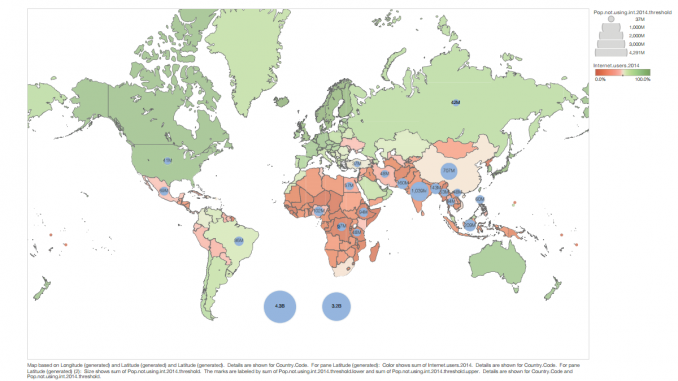
Any rural resident looking for a high-speed Internet connection is likely familiar with the usual choices for rural Internet service providers. Common types of Internet services available in rural America include DSL Internet companies, satellite Internet service providers, and mobile Internet providers. While DSL is a fairly outdated form of Internet service that relies on existing infrastructure, satellite and mobile Internet providers push the boundaries of technology to provide high-speed Internet access to rural towns in America. Satellite Internet providers rely on satellites that orbit the planet’s atmosphere, while mobile Internet providers can provide high-performance Internet services only using cell towers throughout the country.
The cellular networks created by cell towers are ideal for rural towns because of the preponderance of cell towers in rural areas. While rural residents may not have access to cable Internet and mainstream Internet providers’ coverage hotspots, cell towers can reach them much more easily. Cell towers are capable of creating a network powerful enough for streaming 1080p video, playing online games, and seamlessly surfing the web.
Furthermore, the nature of mobile Internet gives it a few advantages over most satellite Internet providers. When it comes to broadband, mobile Internet is often superior to satellite Internet. Satellite Internet providers are notorious for their data caps, while mobile Internet providers such as UbiFi can provide unlimited 4G rural Internet access with no overage fees. Also, since cell towers are closer to users than satellite companies like UbiFi can confidently say their latency levels are significantly lower than some of the best satellite Internet service providers. You can sign up for a 14-day service trial from UbiFi if you’d like to closely observe the differences between satellite Internet and mobile Internet.
